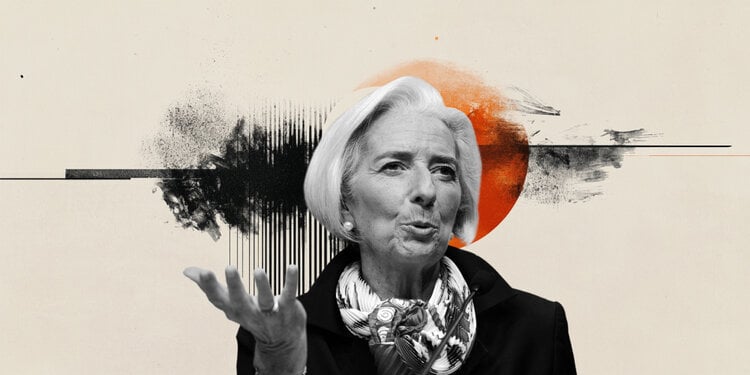- GBP/USD starts the new week on a weaker note amid the emergence of some USD buying.
- Expectations of a Fed rate cut in September should limit USD gains and lend some support to the pair.
- The diminishing odds of a BoE rate cut in August also warrant caution before entering short positions.
The GBP/USD pair is attracting some selling during the Asian session on Monday and for now, it seems to have snapped a three-day winning streak towards the 1.3000 zone, or its highest level since July 2023. Spot prices are currently trading around the 1.2965 zone, down just over 0.15% on the day amid modest US Dollar (USD) strength, although any meaningful depreciative move seems elusive.
The attack on US presidential candidate Donald Trump on Sunday increases the level of political uncertainty and generates some safe haven flows, allowing the USD to recover some of Friday’s drop to a more than three-month low. That said, the growing acceptance that the Federal Reserve (Fed) will soon begin its rate-cutting cycle should continue to act as a headwind for the Dollar and lend some support to the GBP/USD pair.
In fact, the CME Group’s FedWatch tool points to a more than 90% probability that the Fed will cut borrowing costs by 25 basis points (bps) in September. Moreover, markets are pricing in the possibility of another rate cut in December and bets were boosted by softer-than-expected US consumer inflation figures released last week. This could hold traders back from placing further bullish bets on the USD.
The British Pound (GBP), on the other hand, is supported by the diminishing odds of a rate cut by the Bank of England (BoE) in August, especially after data released last week showed that the British economy grew faster than expected, by 0.4% in May. This, in turn, warrants some caution before confirming that the GBP/USD pair could have formed a near-term top and positioning for any significant decline.
Market participants now await the release of the US Empire State Manufacturing Index. The focus, however, will remain on Fed Chair Jerome Powell’s speech, which, along with US Treasury yields and broader risk sentiment, will influence the USD. Nevertheless, the aforementioned fundamental backdrop supports prospects for some buying to emerge at lower levels around the GBP/USD pair.
The British Pound FAQs
The Pound Sterling (GBP) is the oldest currency in the world (886 AD) and the official currency of the United Kingdom. It is the fourth most traded currency unit in the world, accounting for 12% of all transactions and an average of $630 billion a day, as of 2022.
Its key currency pairs are GBP/USD, also known as the “Cable,” which accounts for 11% of the forex market, GBP/JPY, or the “Dragon” as it is known to traders (3%), and EUR/GBP (2%). The British Pound is issued by the Bank of England (BoE).
The most important factor influencing the value of the British Pound is the monetary policy decided by the Bank of England. The Bank of England bases its decisions on achieving its main objective of “price stability”, i.e. a stable inflation rate of around 2%. Its main tool for achieving this is the adjustment of interest rates.
When inflation is too high, the Bank of England tries to contain it by raising interest rates, making credit more expensive for individuals and businesses. This is generally positive for the GBP, as higher interest rates make the UK a more attractive place for global investors to park their money.
When inflation is too low, it is a sign that economic growth is slowing. In this scenario, the BoE will consider lowering interest rates to make credit cheaper, so that companies borrow more to invest in growth-generating projects.
The data released gauges the health of the economy and can influence the value of the Pound. Indicators such as GDP, manufacturing and services PMIs, and employment can influence the direction of the Pound.
A strong economy is good for the British Pound. Not only does it attract more foreign investment, but it may encourage the Bank of England to raise interest rates, which will directly strengthen the British Pound. Conversely, if economic data is weak, the British Pound is likely to fall.
Another significant indicator for the pound is the trade balance. This indicator measures the difference between what a country earns from its exports and what it spends on imports during a given period.
If a country produces highly sought-after exports, its currency will benefit exclusively from the additional demand created by foreign buyers who wish to purchase these goods. Therefore, a positive net trade balance strengthens a currency and vice versa for a negative balance.
Source: Fx Street
I am Joshua Winder, a senior-level journalist and editor at World Stock Market. I specialize in covering news related to the stock market and economic trends. With more than 8 years of experience in this field, I have become an expert in financial reporting.







